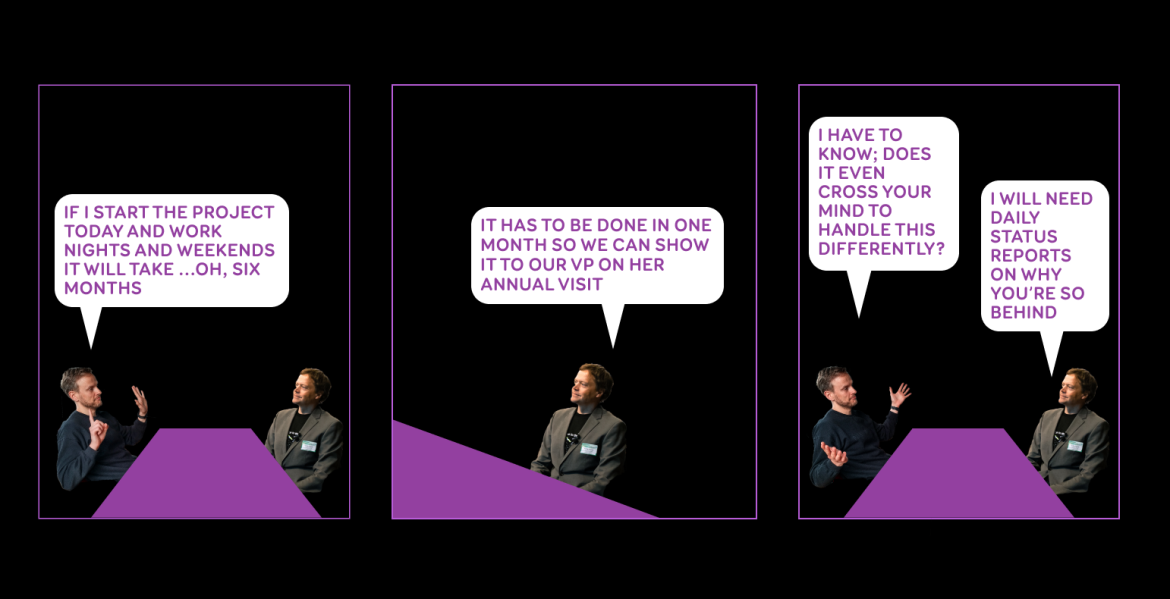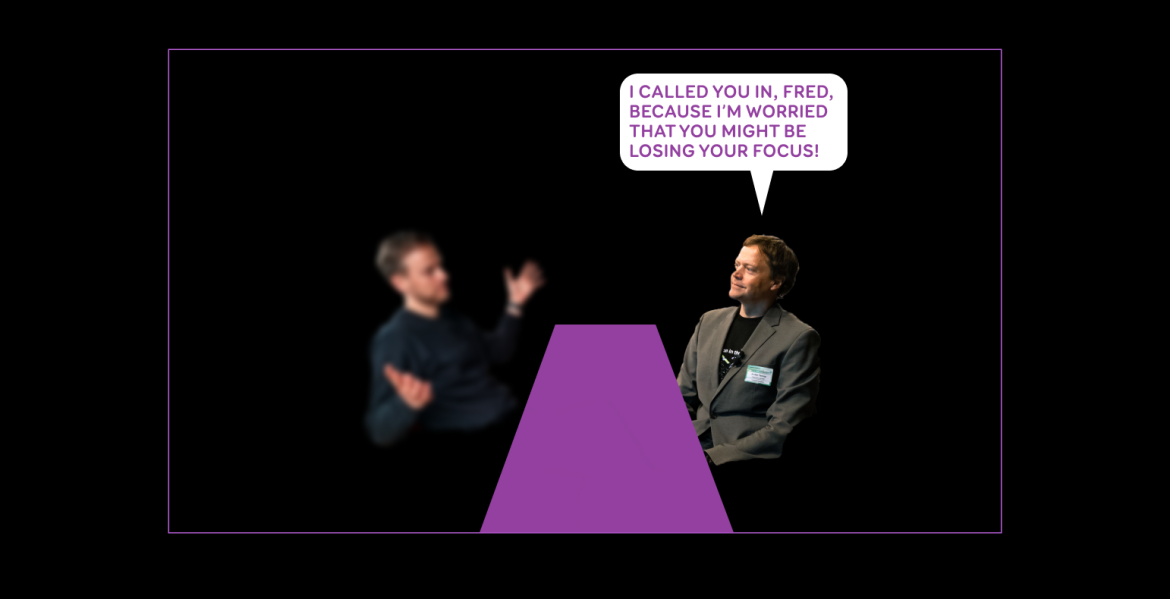How to plan a development project in terms of deadlines?
Technological solutions are important in increasing the company's efficiency, profitability and improving processes. We often talk about how products and services must reach consumers faster and be more easily accessible while considering different scenarios.
Past few years, the best example is related to covid, when it was necessary to adapt quickly and tangible products/services had to reach the customer via the internet. Several digital solutions had to be adjusted, updated or even replaced to maintain the company's sustainability and livelihood. Time is the most crucial element in such cases.
The American scientist and philosopher Benjamin Franklin (1706-1790) uttered the famous words: "One today is worth two tomorrows." Lost time will never be found again. Time is money."”
Many of us have faced the term "deadline", including those who are developing technological solutions and ordering. At Trinidad Wiseman (TWN), we have encountered various deadlines during our long years of operation. There has been anxiety because the deadline has set some restrictions that the clients have not considered when planning the development project.
Based on our experiences, we present 4 most essential recommendations regarding deadlines to consider when planning your development project.
1. The right timing
It is very important to think about when the project must be completed and when there is a desire to start it.
At this point, the following points should be considered:
- In what period does the whole project fall?
- How many events are included in the project period?
- Is it reasonable to start the project before the end of the year or right at the beginning of the year?
- Is it reasonable to release the project to users at the end of the year or at the beginning of the year?
Why is it important to review a time period from beginning to end? Usually, important events or holidays tend to fall in the given period - be it national holidays or personal leave, company events, summer days, vacations of team members, etc.
It is not a good idea to start or finish a project at the end of the year or the beginning of the year, because for example in December there are long holidays and people want to rest. Company Christmas events take place at the end and beginning of the year, end-of-the-year summaries are made, and next year's budgets are planned.
These activities mentioned above extend the deadline because neither the client nor the team can deal with the project on a day-to-day basis and are busy with other business-related activities.
2. Preliminary work
When planning a development project, you should also consider that the input of end-users on the client's side must be created and collected in advance, either during analysis or design, for example, during prototype testing. Usually, information is not collected in-house in advance; instead, it remains in a narrow circle. Real input only comes when additional questions arise during the development that is not covered by analysis or design.
In the worst case, which has also happened in TWN projects, the feedback arrives once the development activities have been almost completed and the client is already testing the development. This may mean that something has to be completely redone or additional development has to be carried out, as the solution does not meet the end user's expectations.
This situation significantly affects the length of the entire development process, including the deadline. In a time-constrained project, it is crucial to follow the analysis and scope and maintain focus from both the client's and the service provider's sides.
Suppose such a situation arises, and it is necessary to significantly change what has already been done. In that case, there should be a discussion on the possibilities of creating flexibility and extending the deadline. It also means an increase in the budget.
Other times, however, the contracts are very rigid - with a fixed budget and schedule, and may also include contractual penalties. This, in turn, creates additional tension - the development team is forced to rush, the stress levels increase, and therefore the development quality may begin to suffer. The customer gets the product/service ready on time but with flaws.
Such a result again causes stress and resentment in the client. This creates a chain reaction resulting in communication problems and arguments, and time plays an important part. All these arguments, testing and bug fixes push back the entire completion date.
There are also beliefs that if we quickly add in 2x more developers, we will be ready faster. Here are some disadvantages that must be taken into account: such an idea means a higher financial cost to the company and does not save time. How so? You can read more about it in our previous post Methodical software development - what must be considered when a small project suddenly becomes large.
3. Expectations vs reality after signing the contract
For the most part, the client's expectations after signing the contract are such that the team will immediately start development, and the results can already be seen in the first couple of months. Unfortunately, in reality, this is not the case. After signing the contract, you have to consider about 1-2 months to implement various processes, which could also be called the induction period. .
What activities at the beginning of the contract take so long?
Generally, the development project starts with an opening meeting. A team is convened, which consists of leading people from both the development partner and the client (e.g. project manager, product manager, contact person, area manager, marketing manager), and the following processes are put in place:
- Who will be responsible for what?
- Who is the product owner on the client side, who provides additional input if necessary and confirms the work done?
- How and how often will regular meetings take place?
- How are assignments handed over and accepted?
- What communication environments are used?
- What work methods are used?
- Are there changes in the project team and the introduction of the project team?
- Have there been concerns regarding the amount of work, time, etc.?
Once the kick-off meeting has taken place and the basic processes have been established, the team can get to more substantive work. This still does not mean actual visible results or development, but rather the following:
- setting up development, and testing environments
- ordering/requesting access rights
- setting up communication and documentation environments
- processing of documentation
- setting meeting times
All these activities can take up to 2 months, so this must be considered when planning the development project. For example, if the client determined the length of the project period, which is about 4 months, you should undoubtedly add up to 2 months to the initial activities of the project.
4. Testing
When planning a development project, it is also essential to consider time for testing. Testing means that the service provider tests the development, and the client must also conduct the testing during the entire project. It would be best to consider whether the client's product owner or project manager has enough time for this.
Testing can be done weekly piece by piece, depending on the methodology used. In addition, the entire solution is also tested at the end of development. Content creation, i.e. people who fill the whole web with texts and images, can also be brought under testing because they are also testers in a sense.
All this takes time - depending on the size of the solution, it can take a few weeks to several months.
By considering our 4 recommendations before signing a contract, there is a greater chance that your development project will be completed on time.









